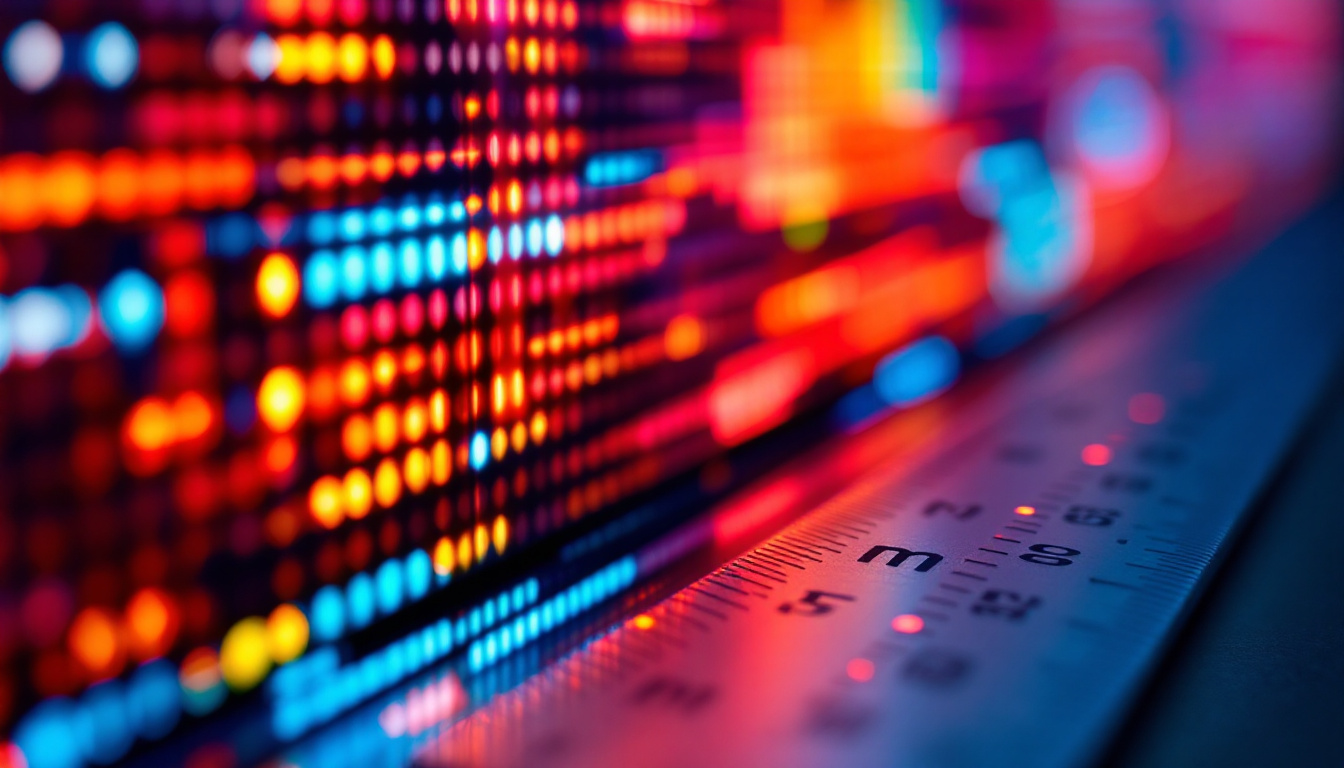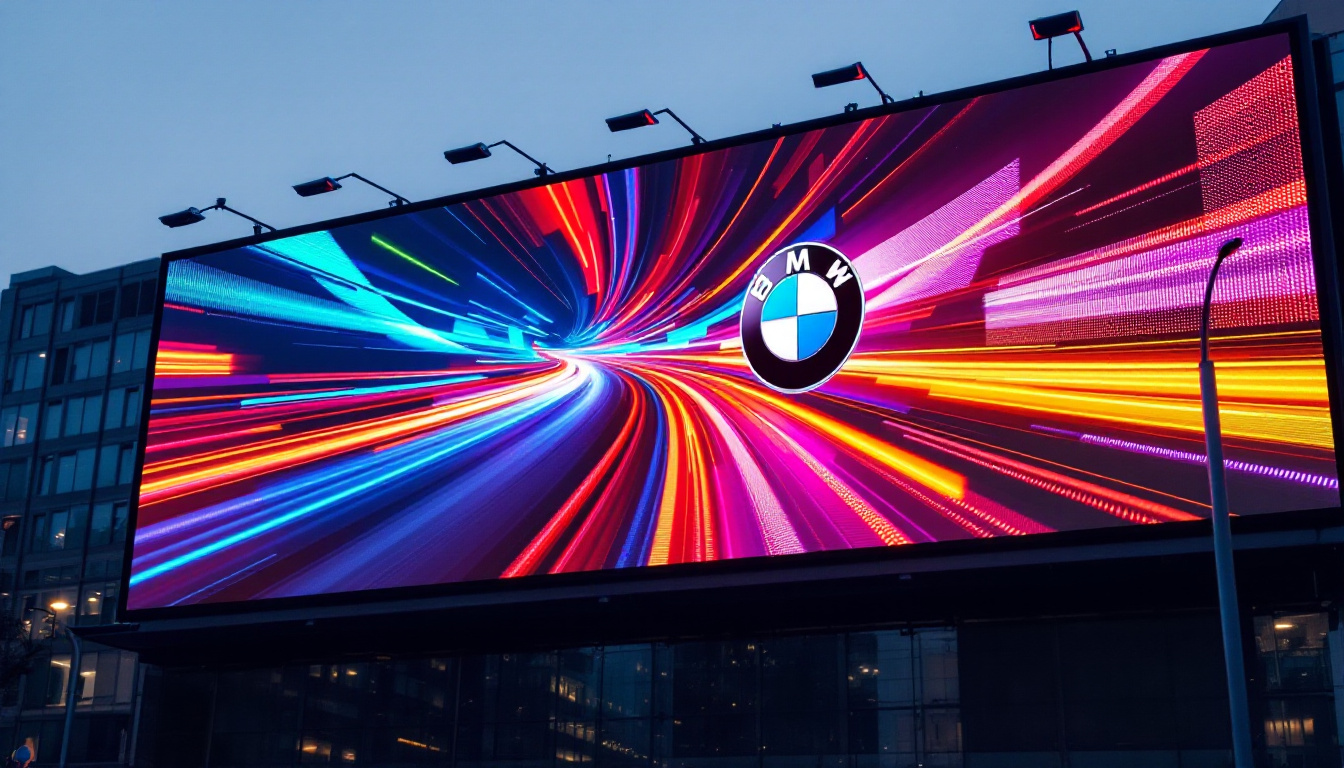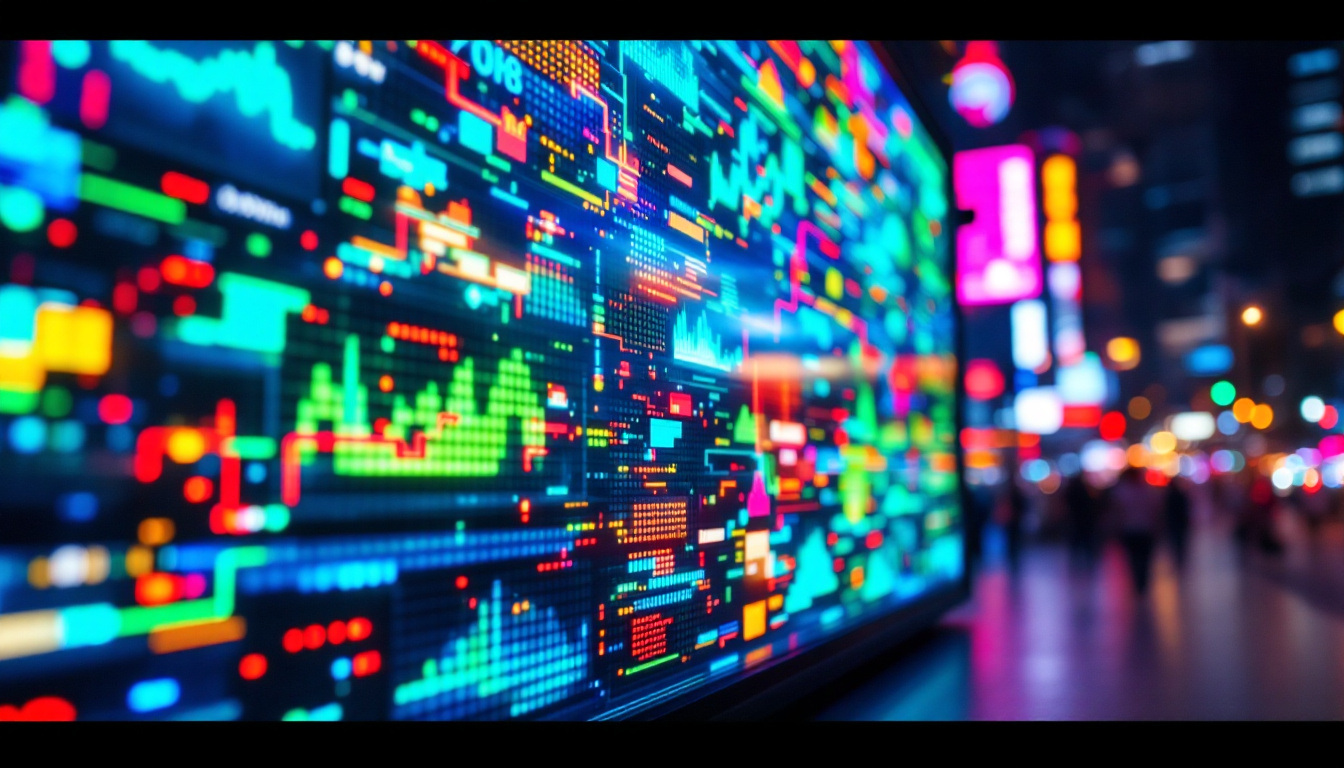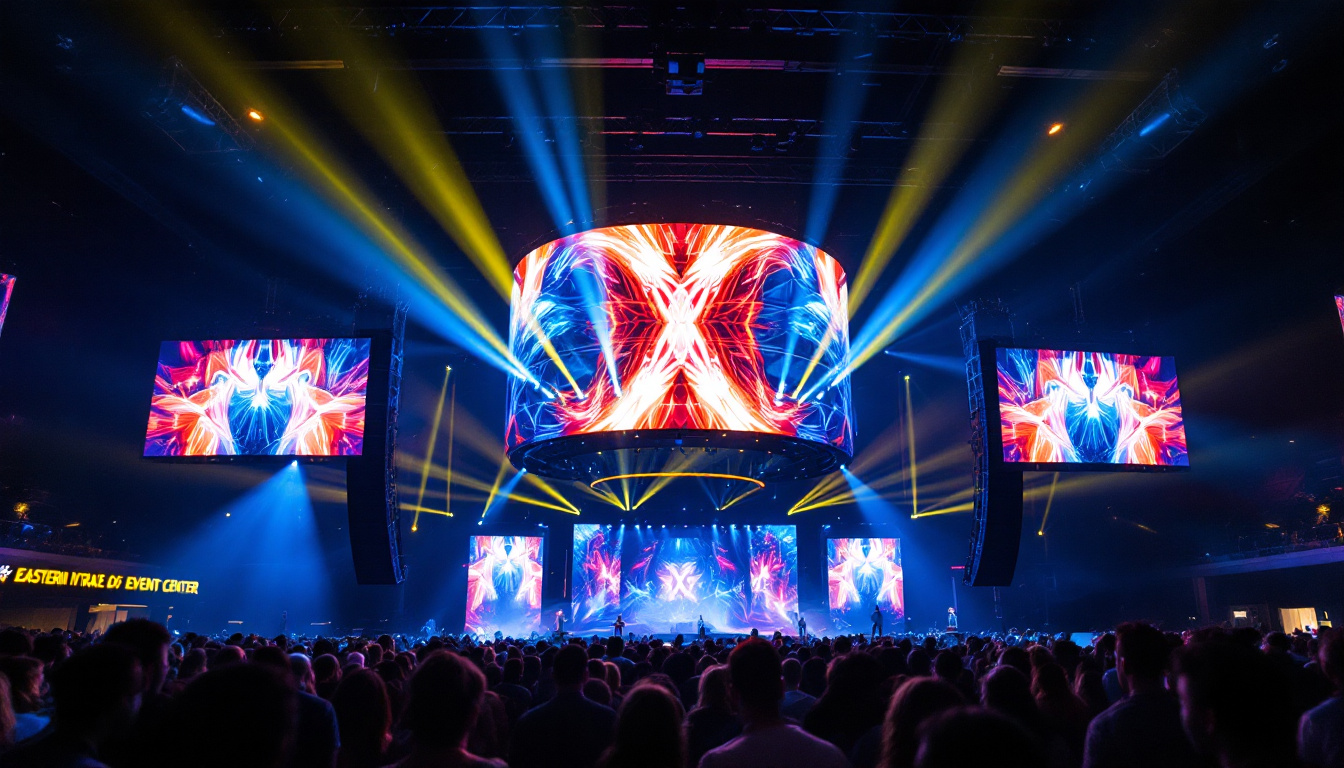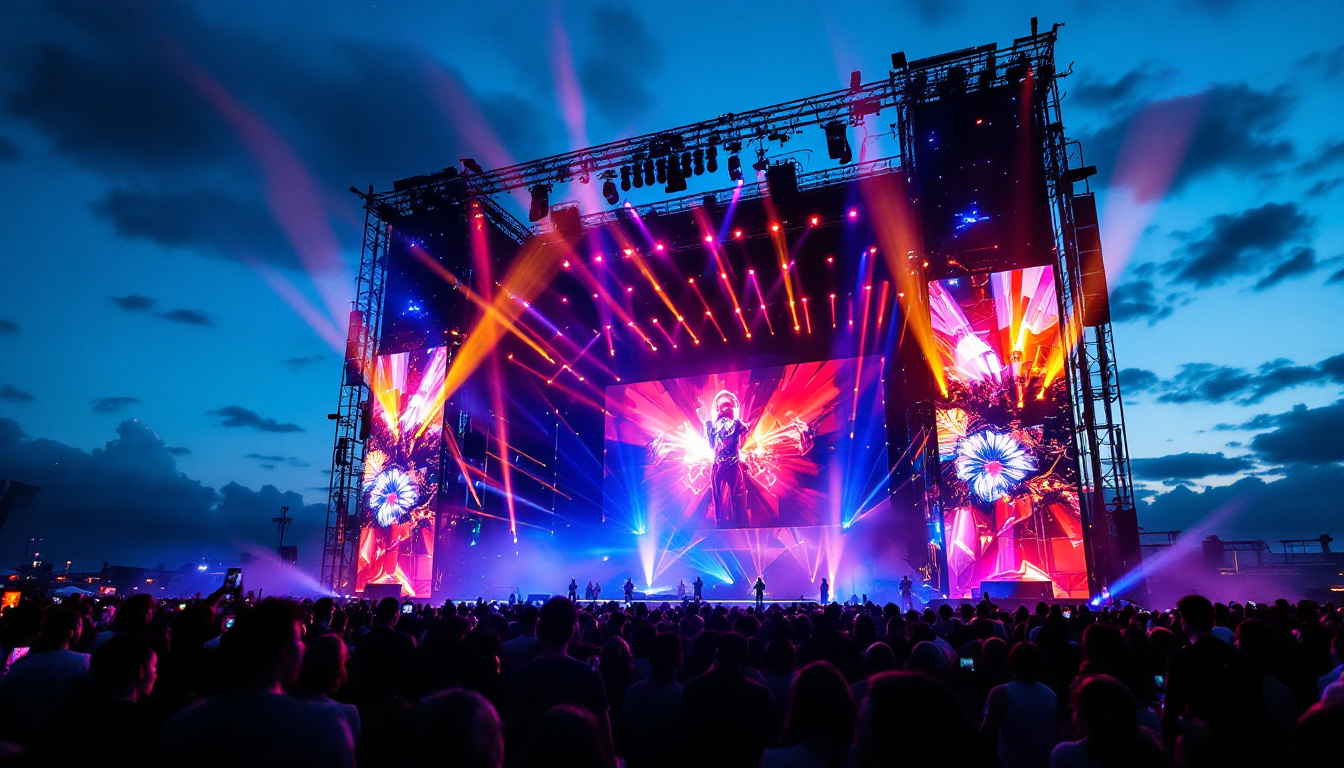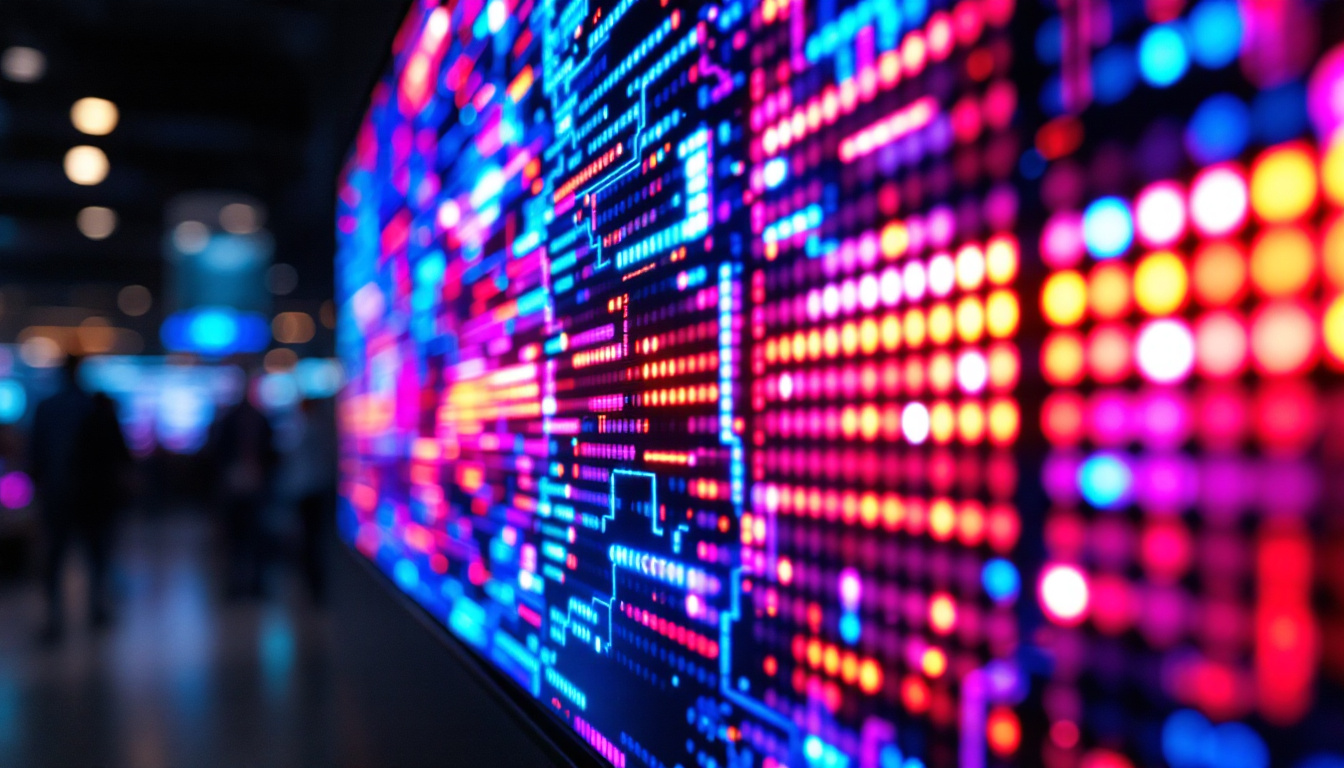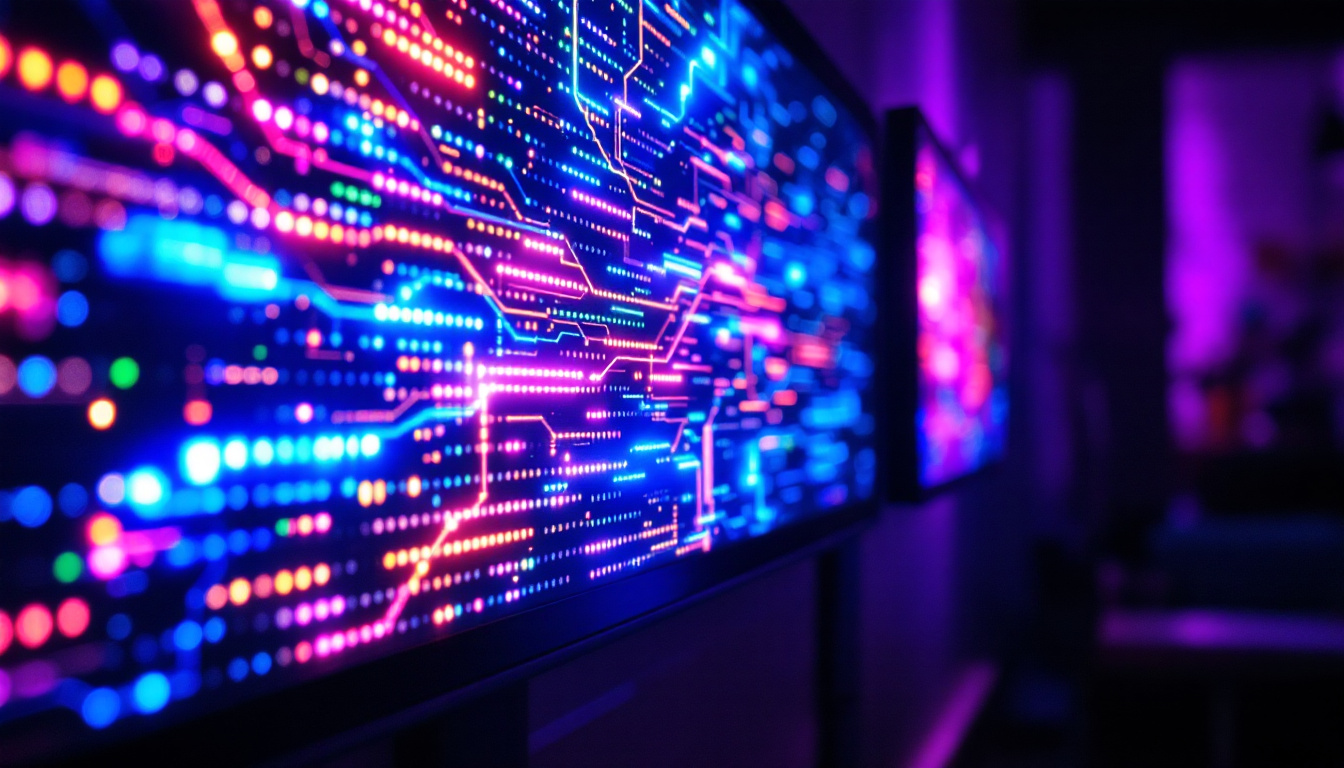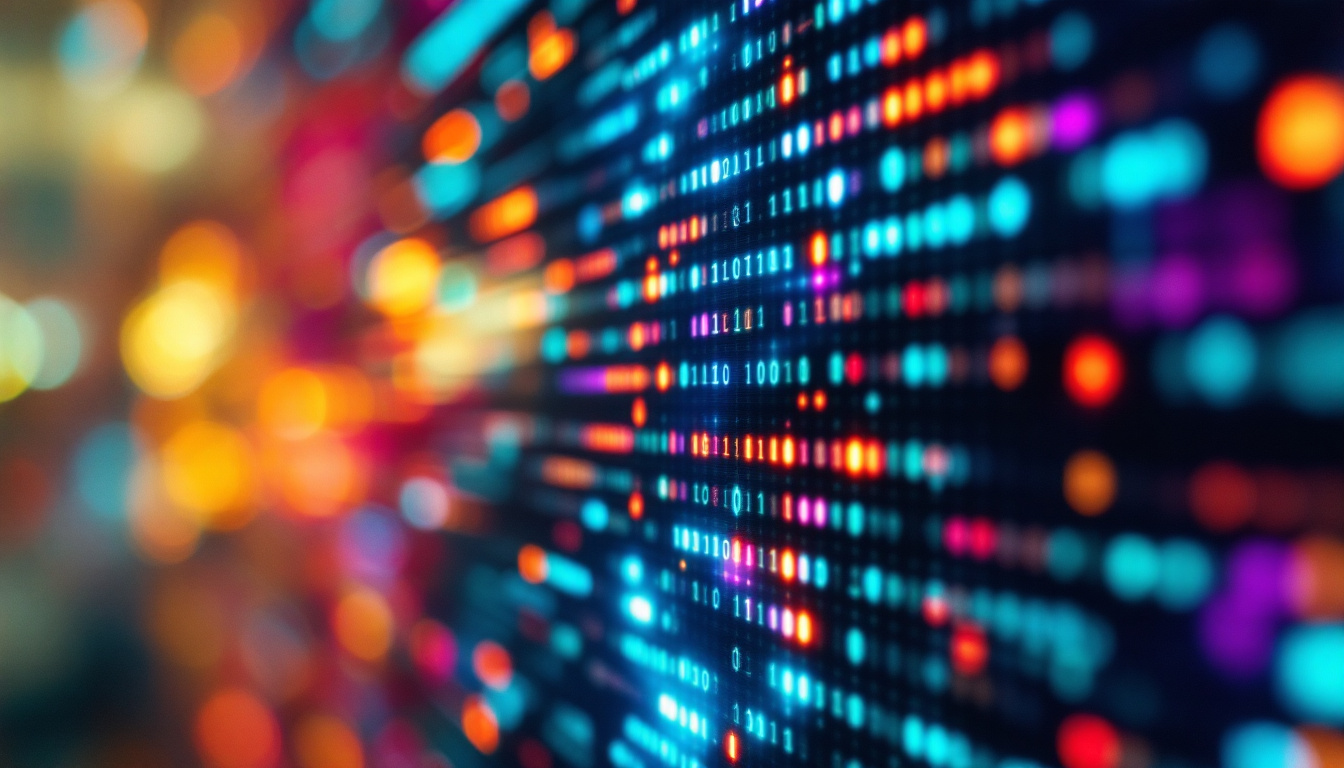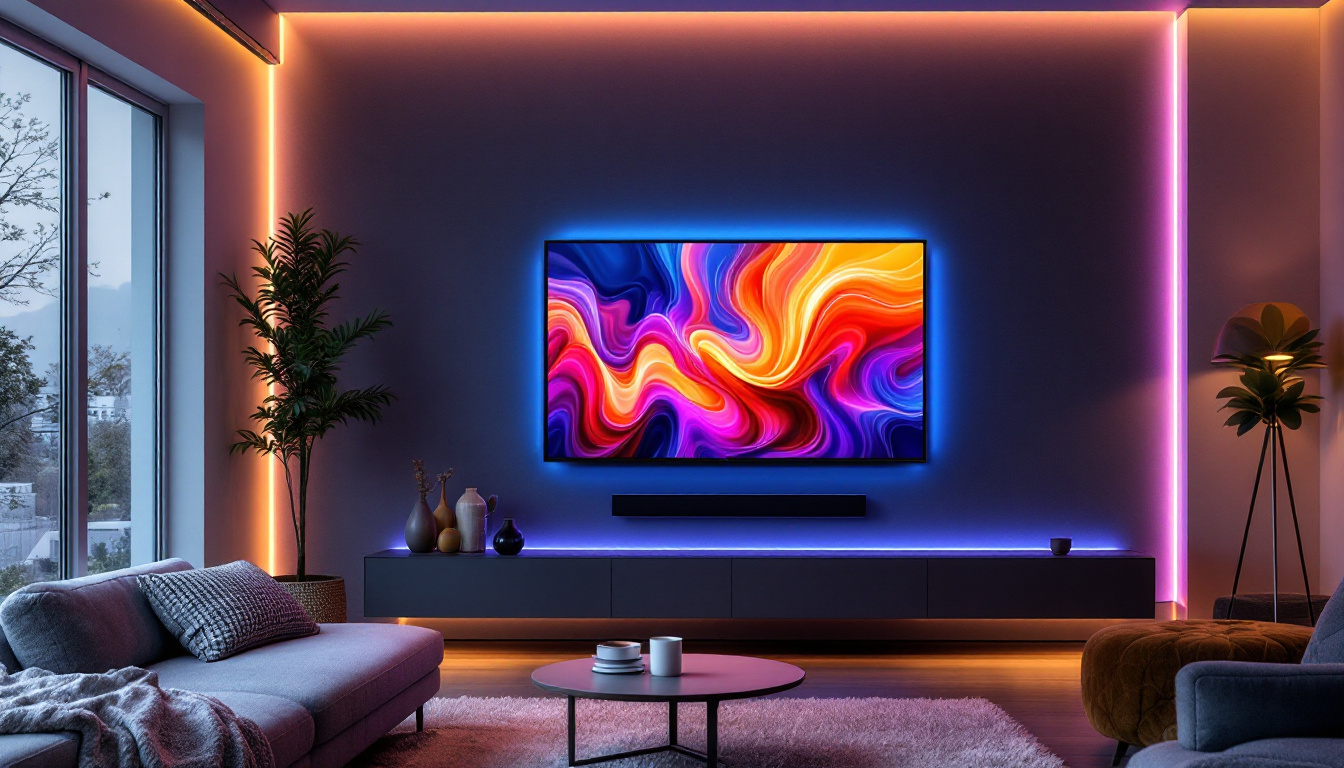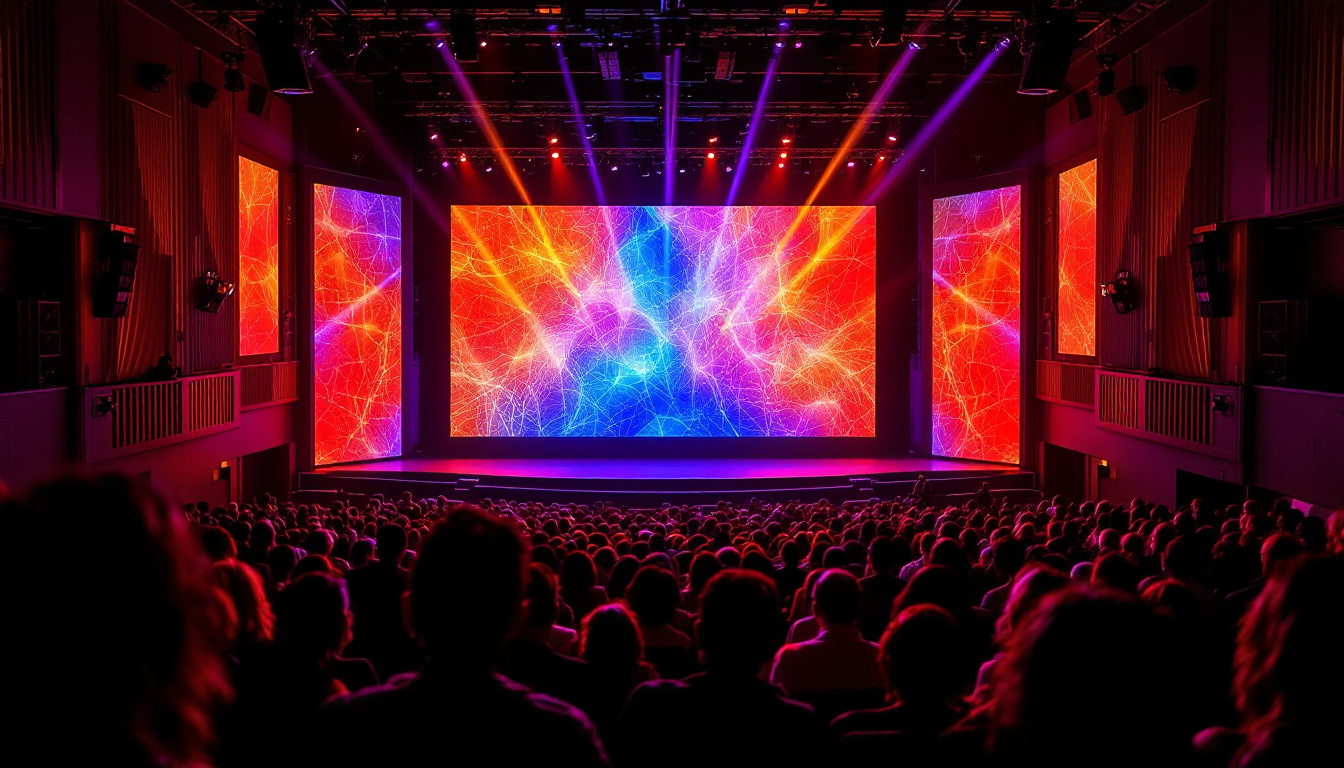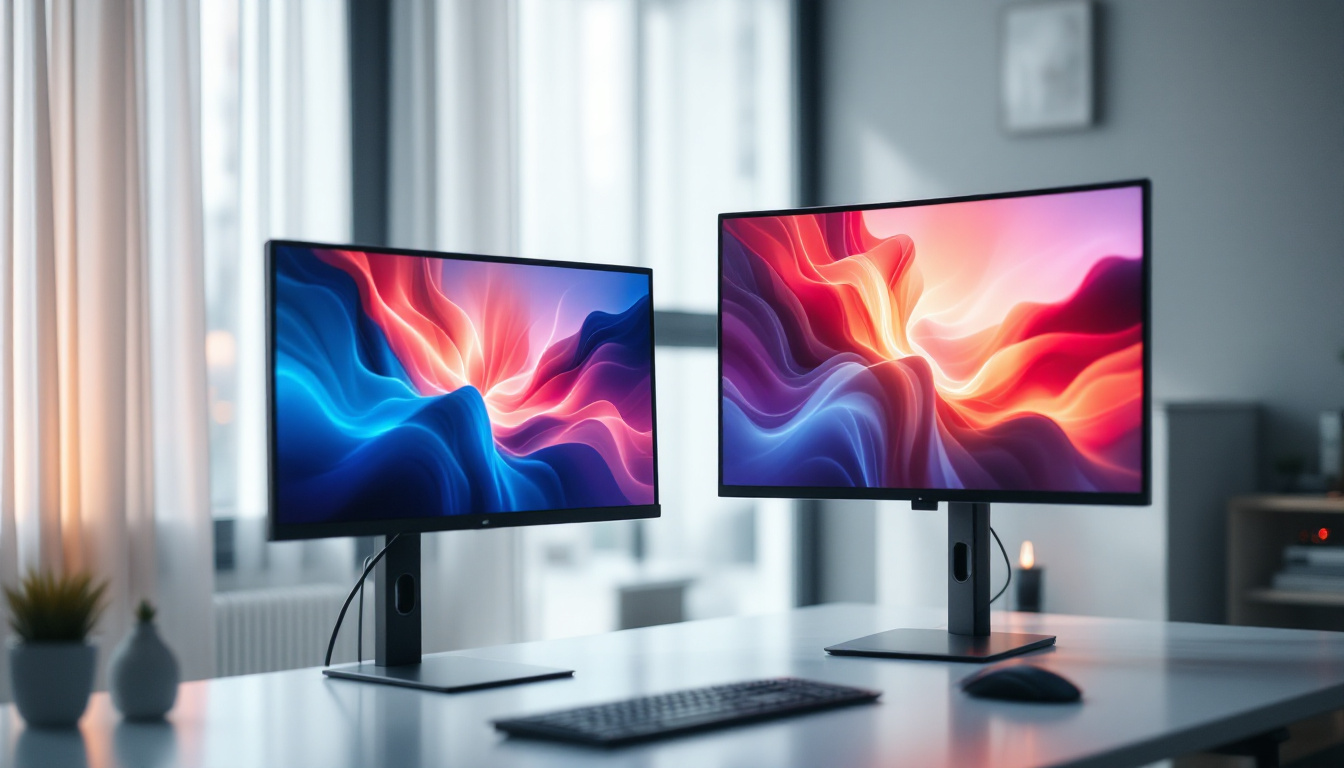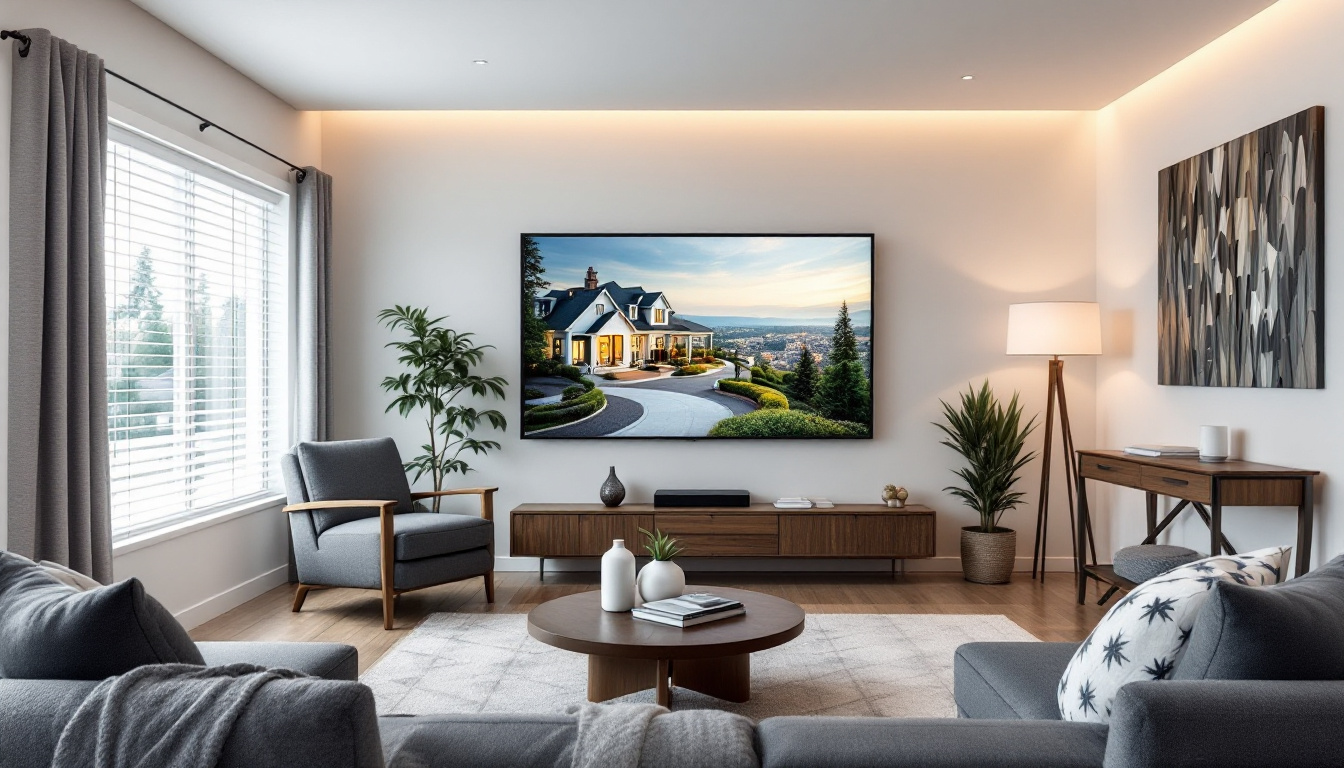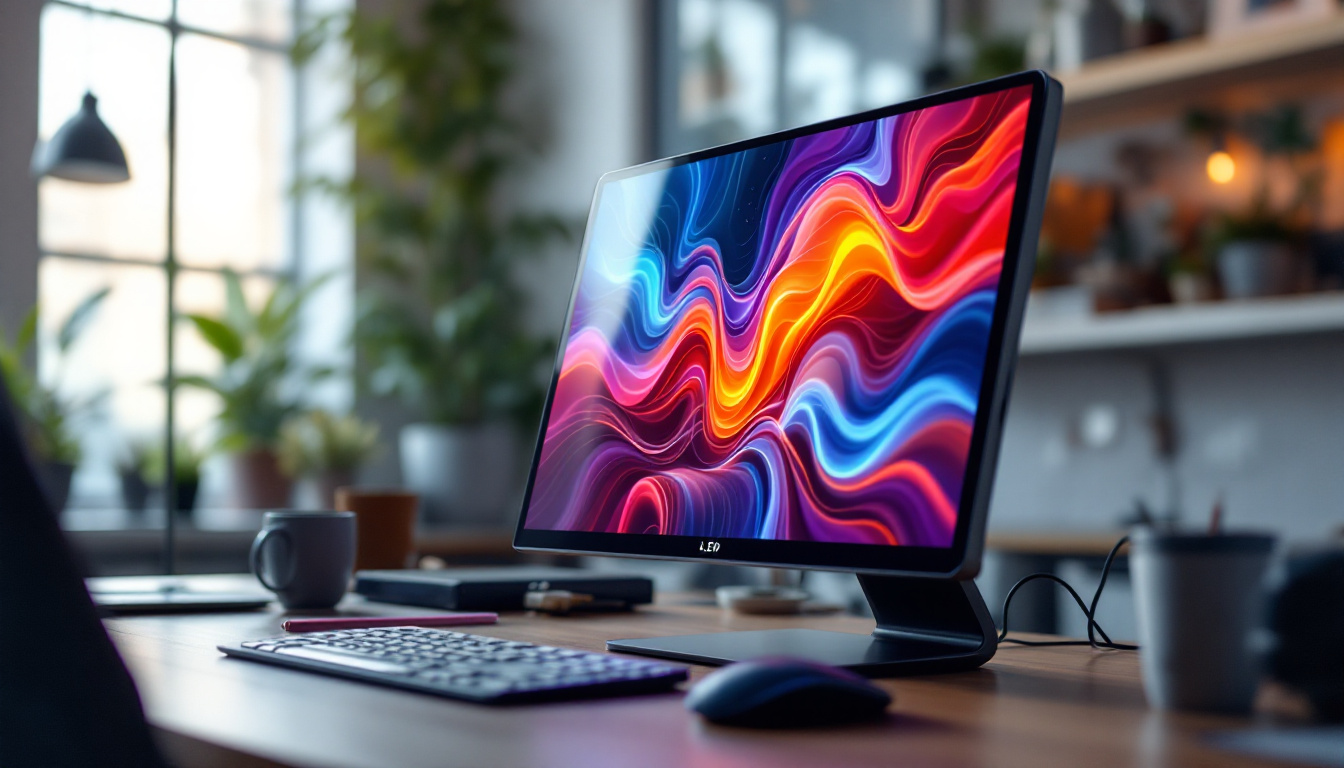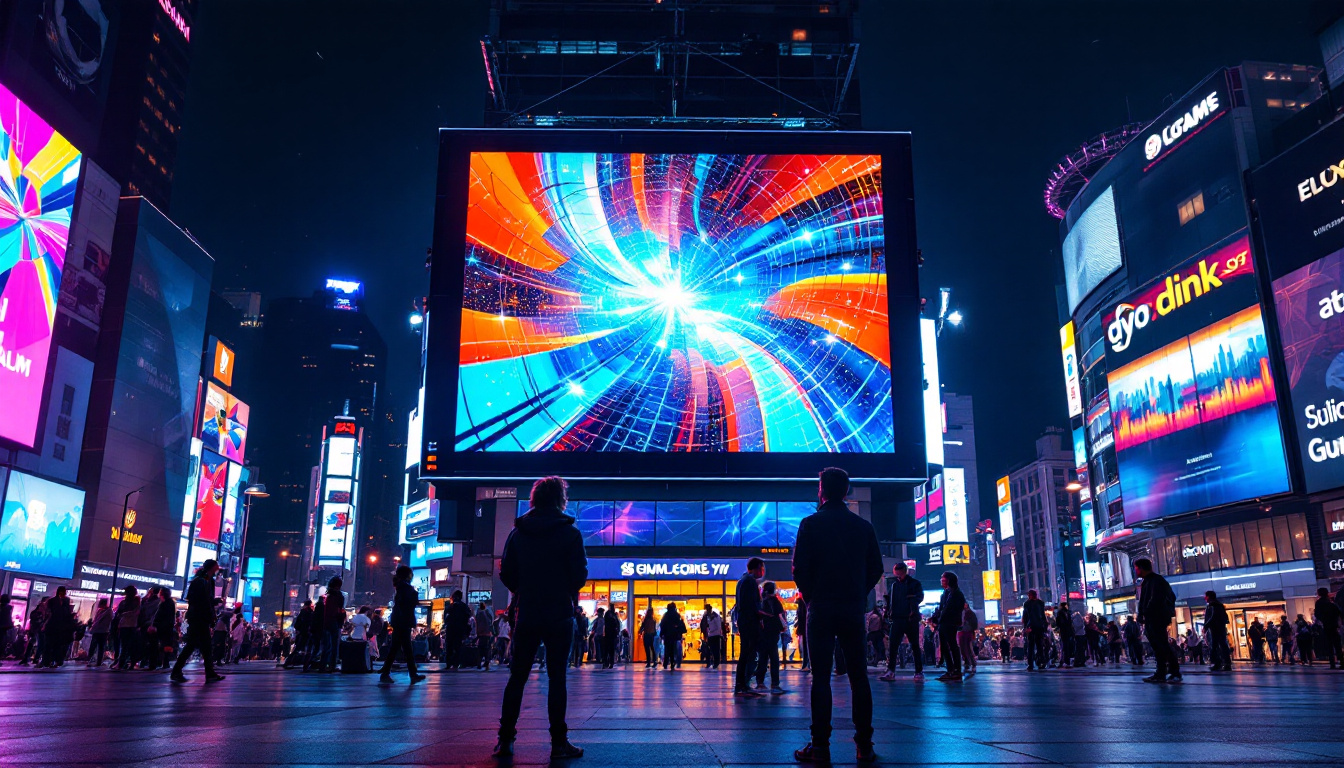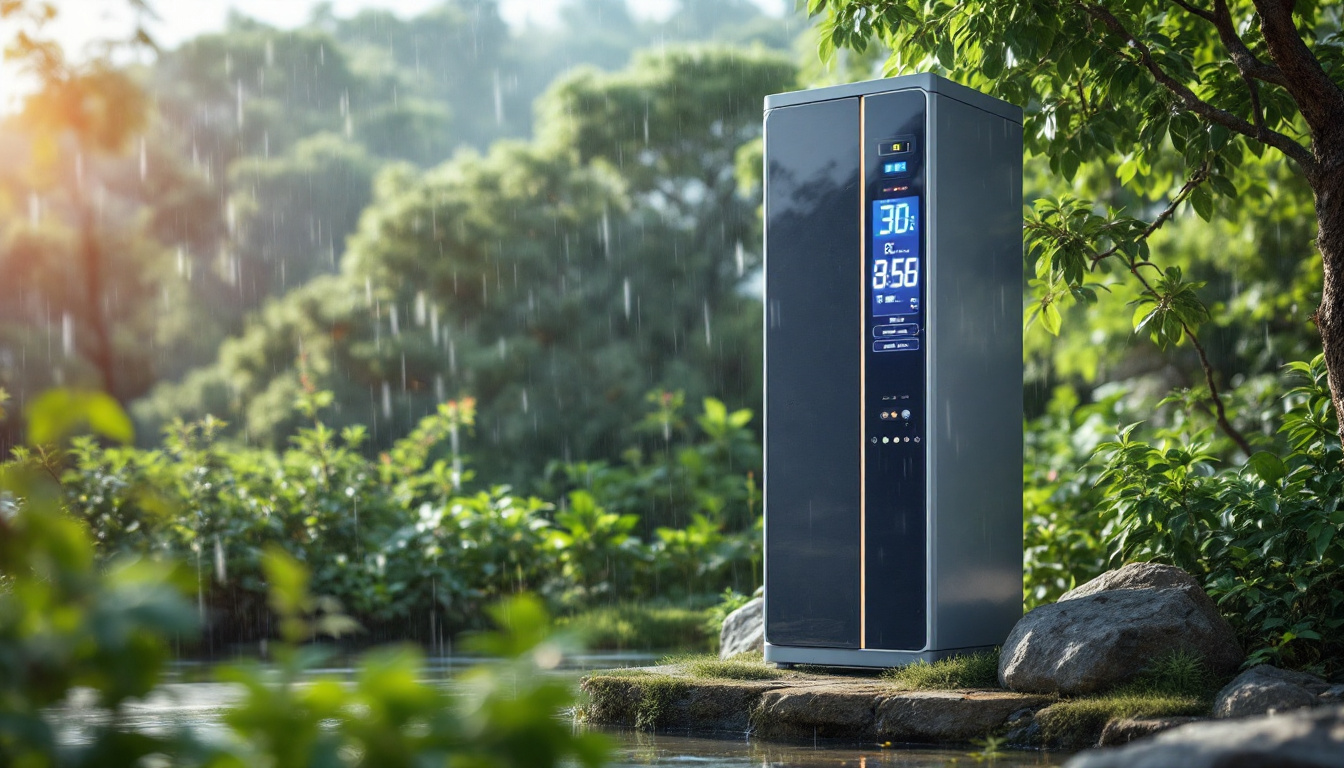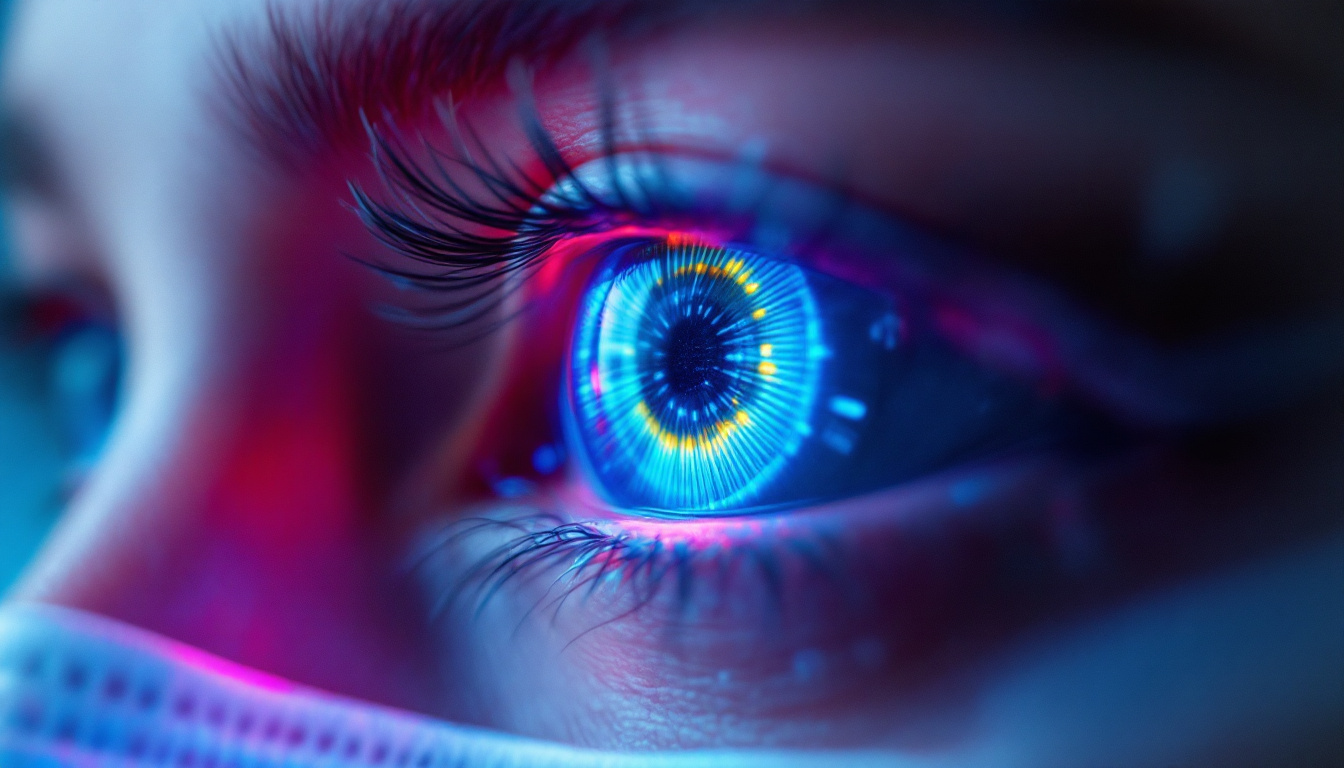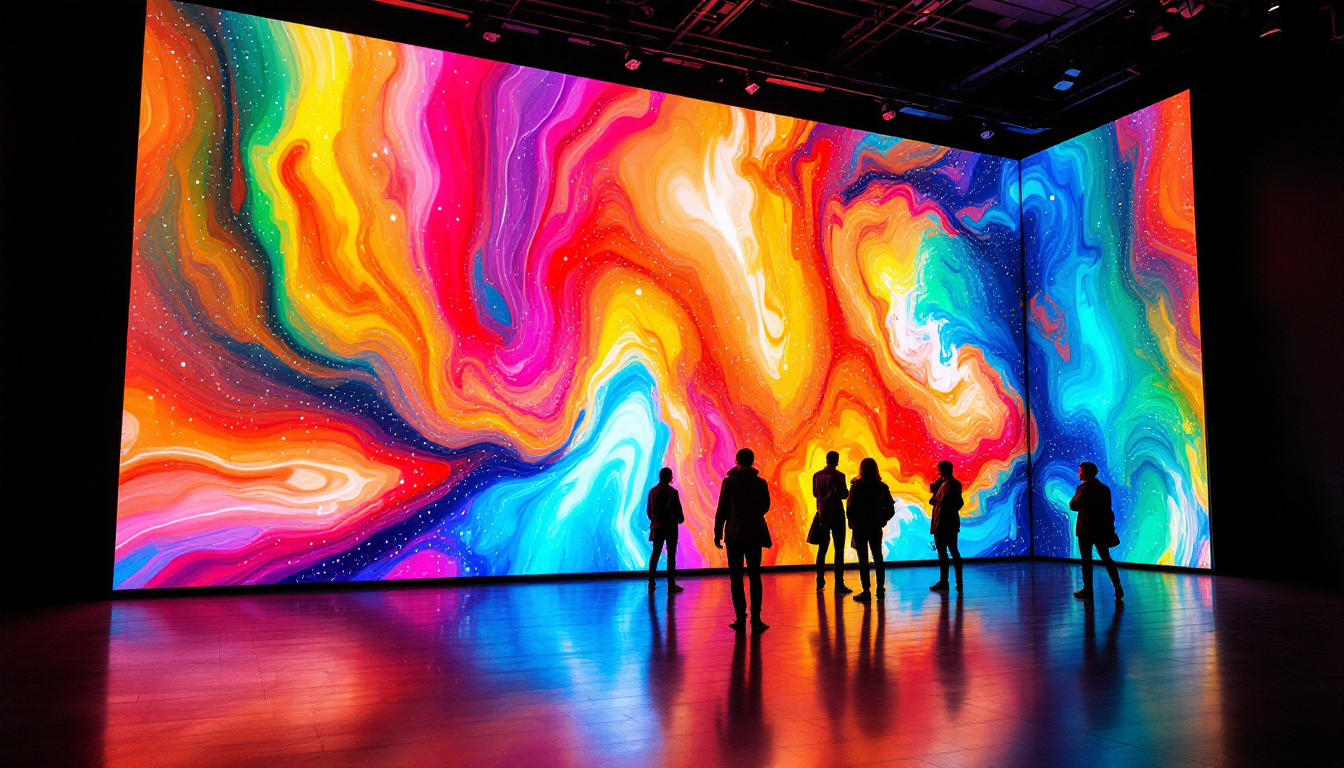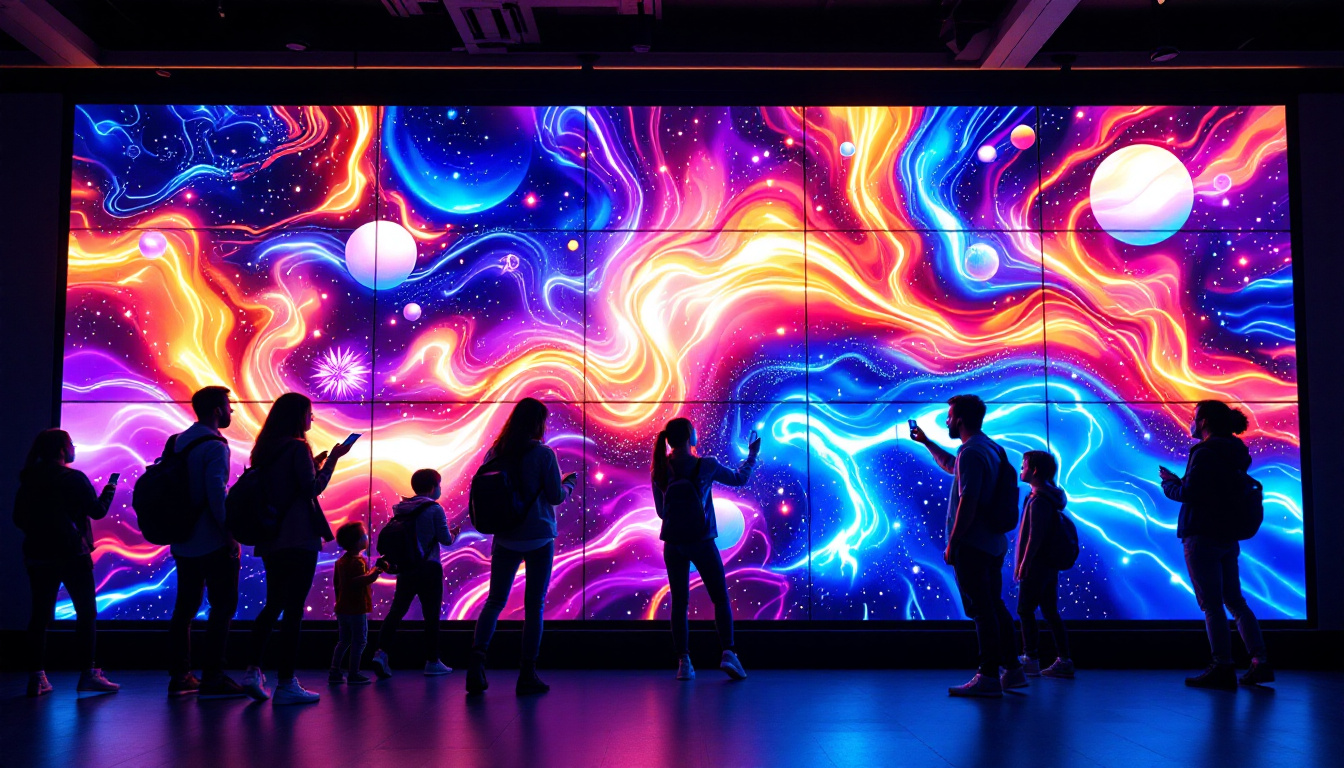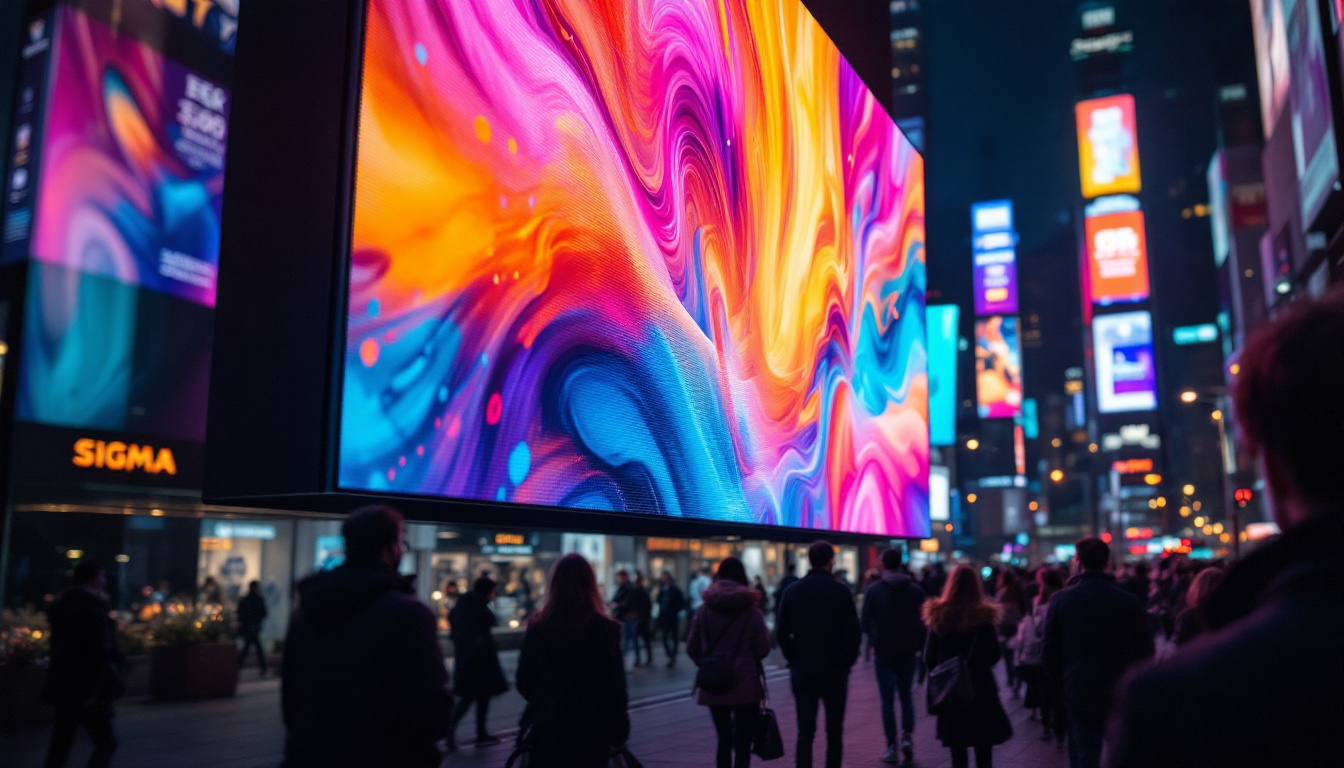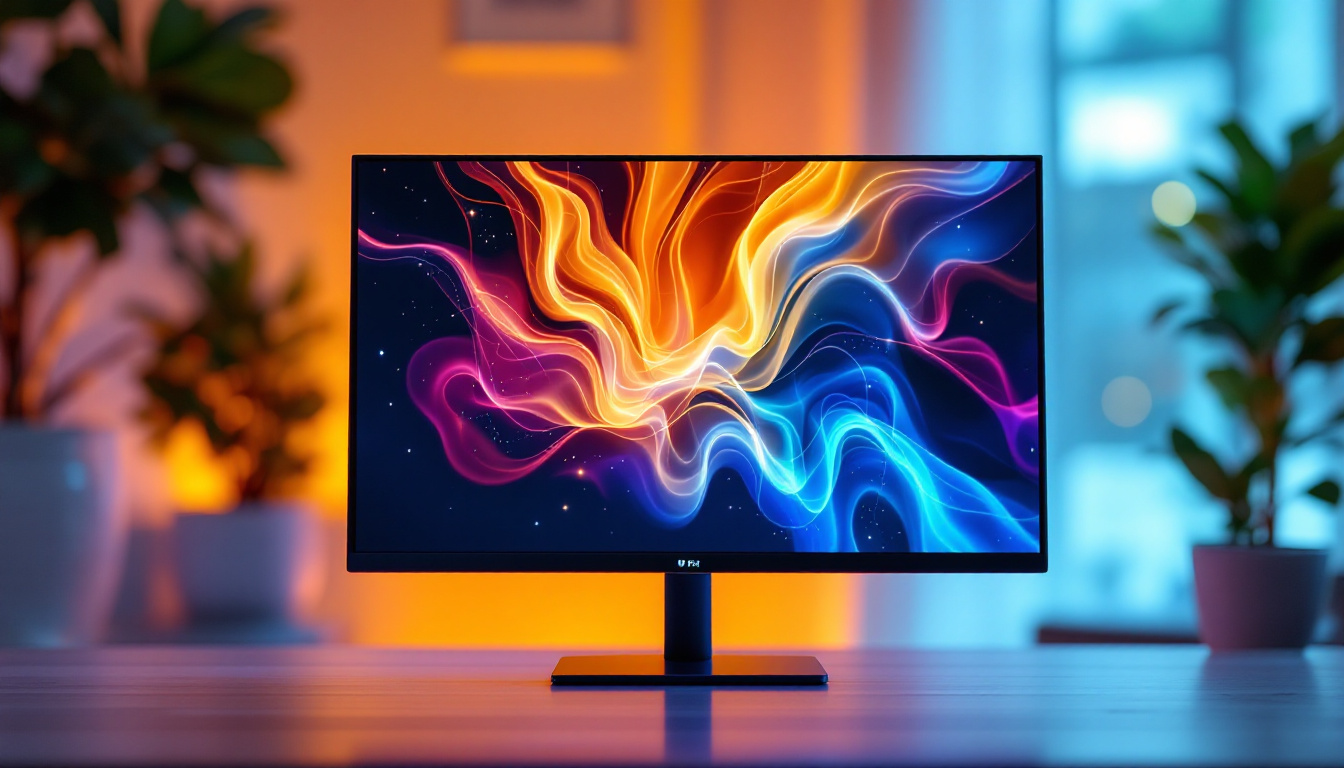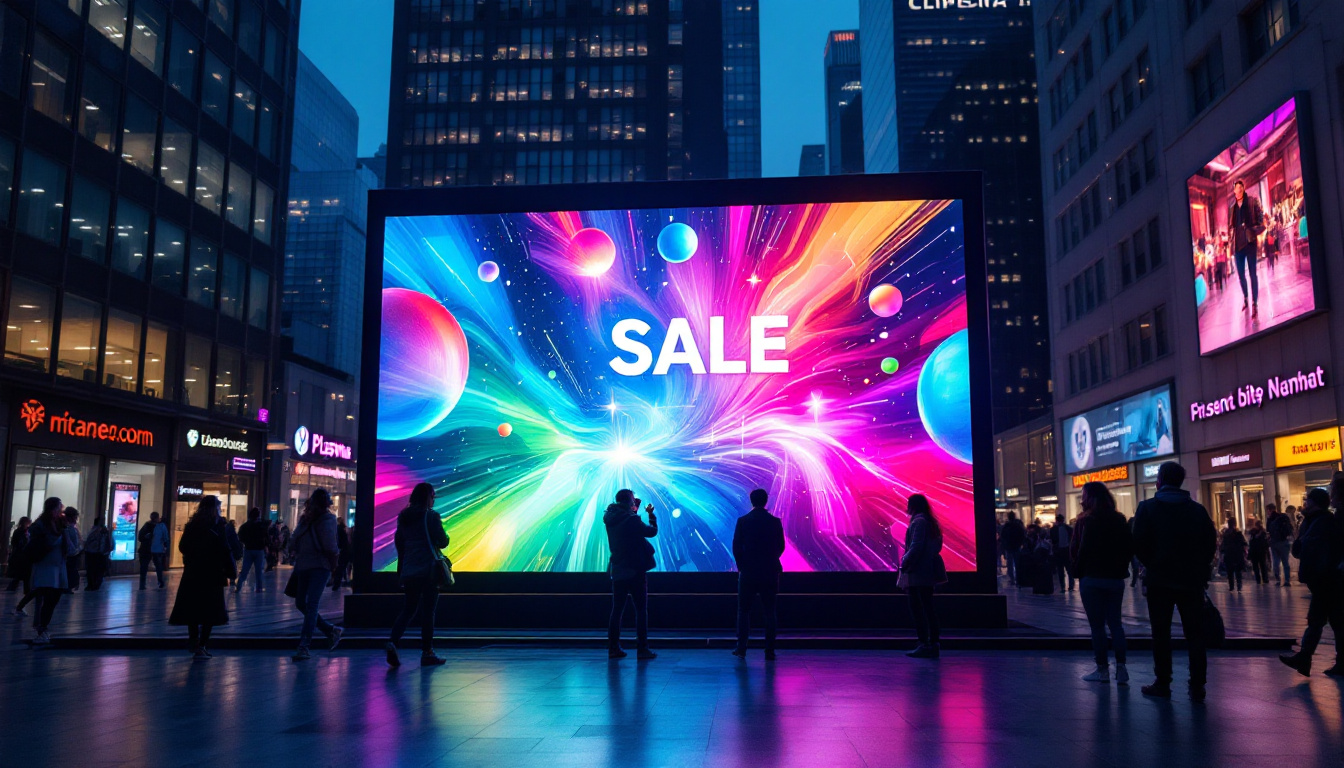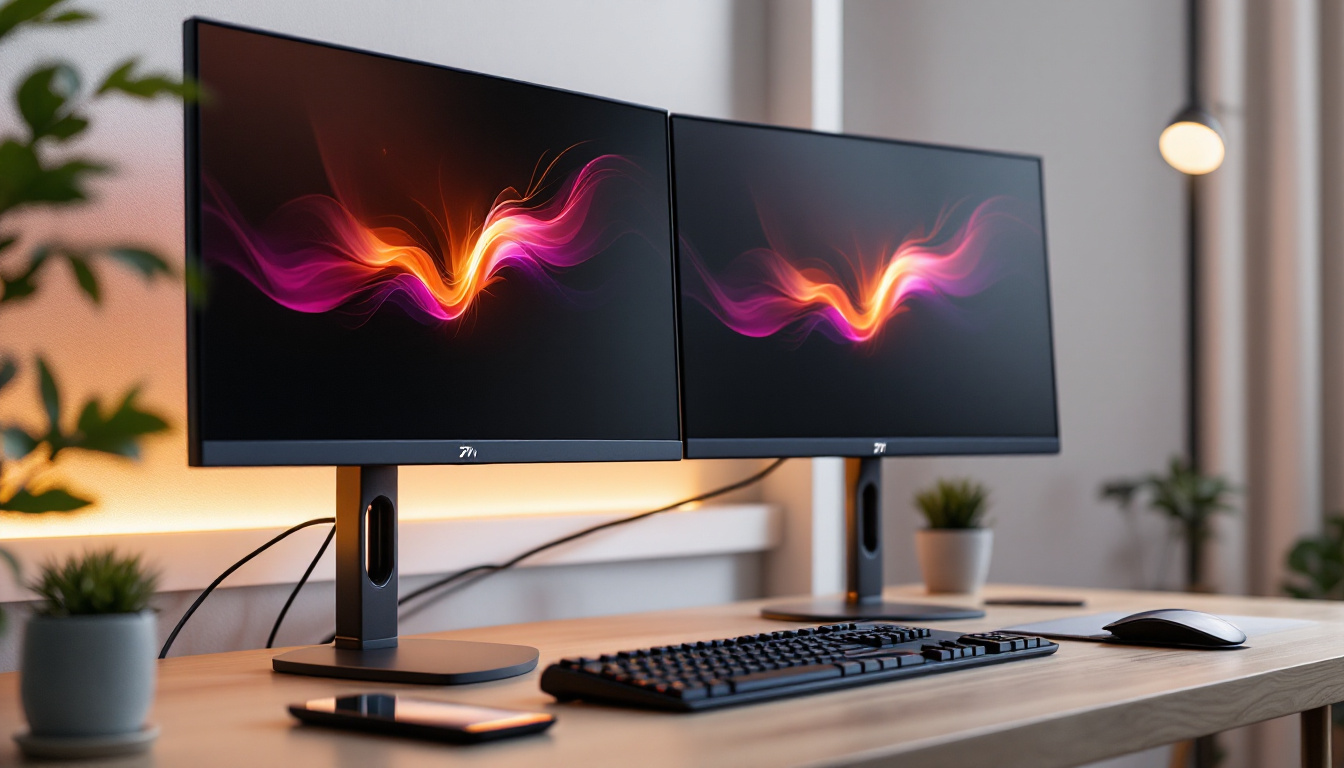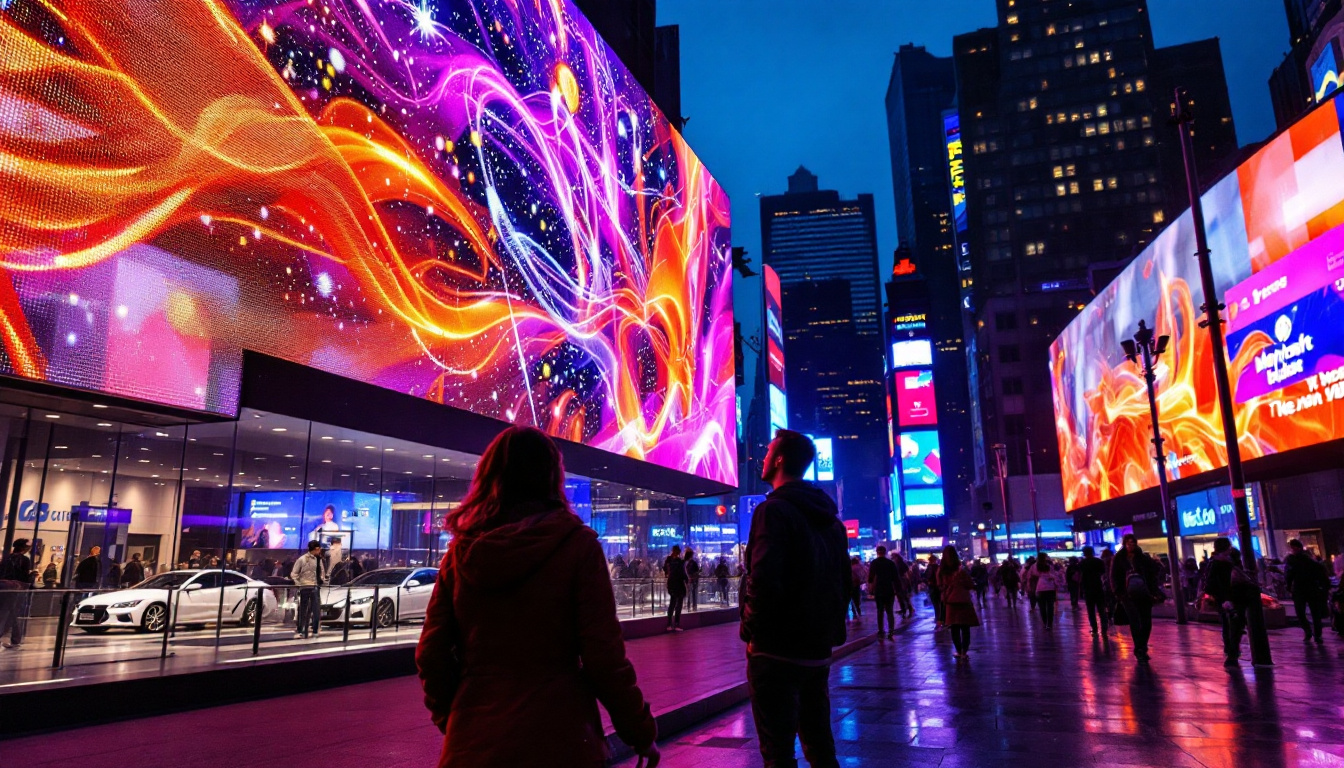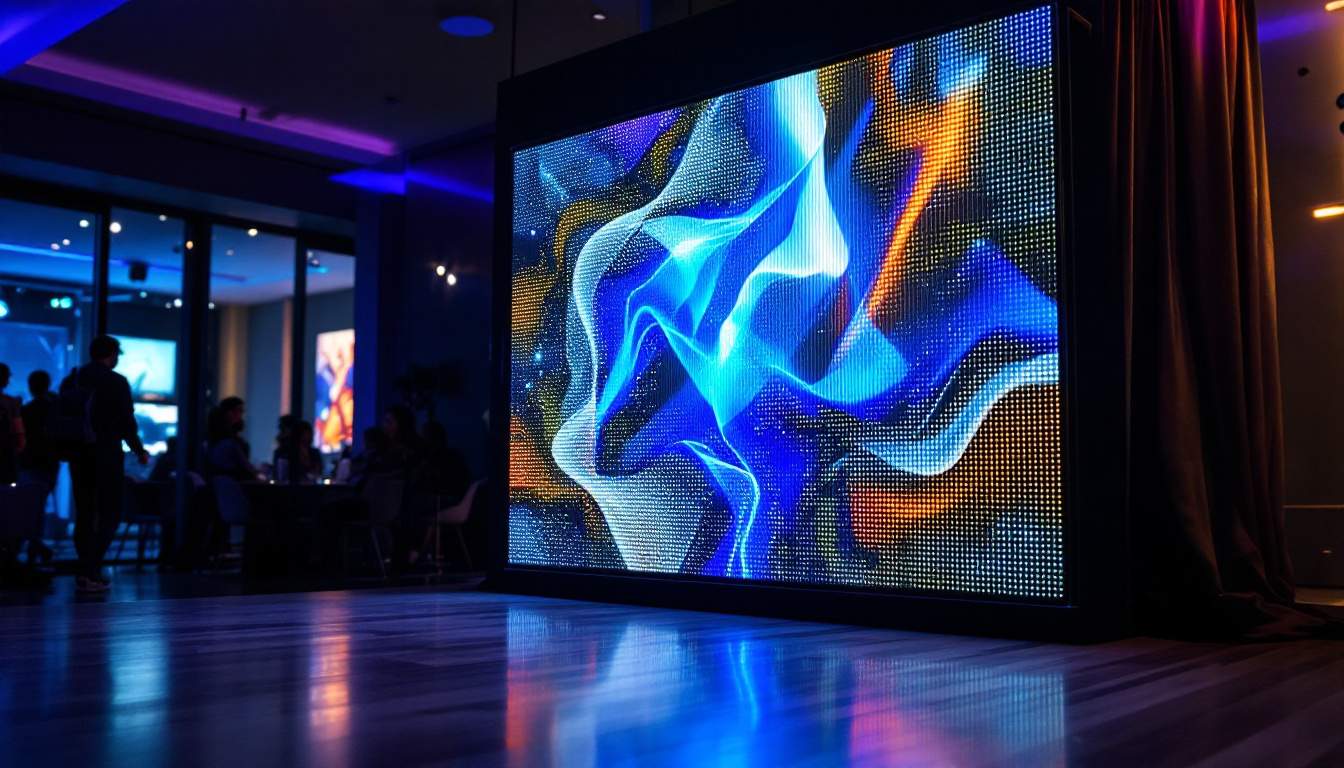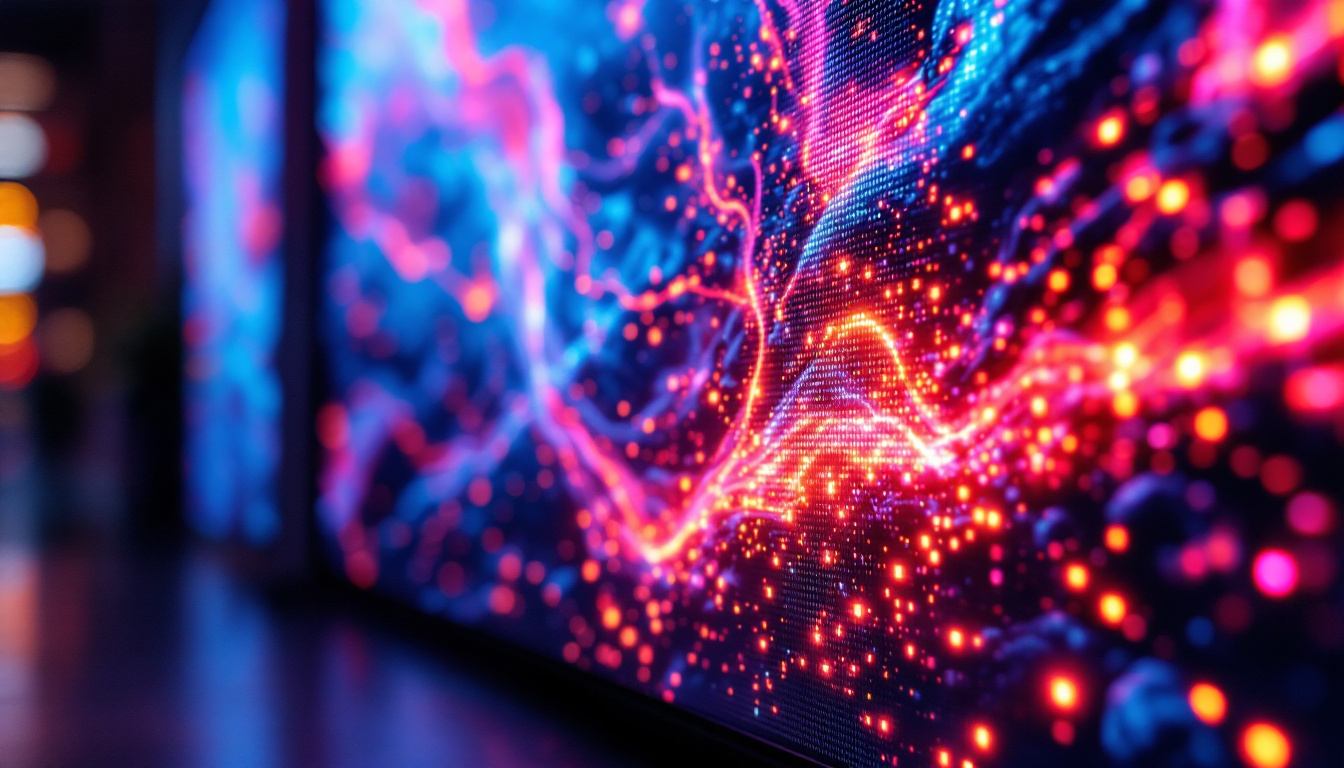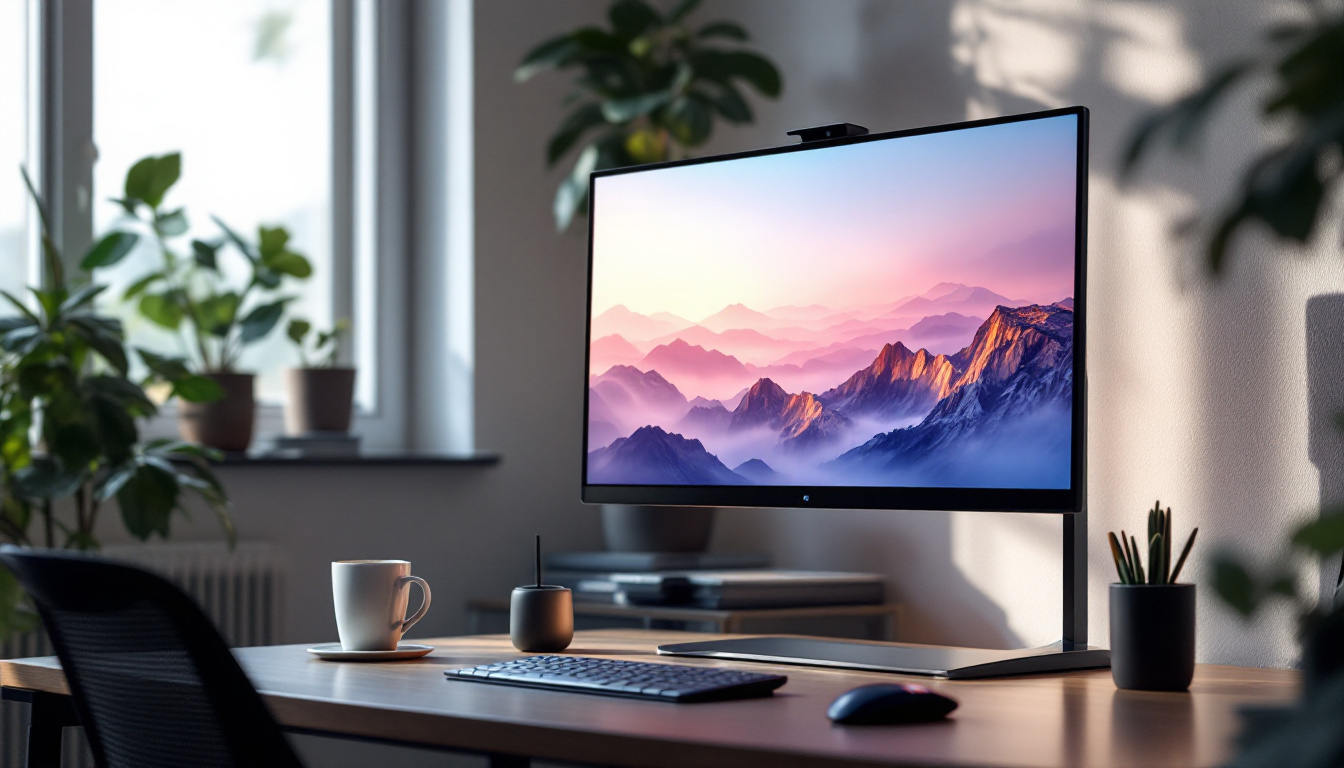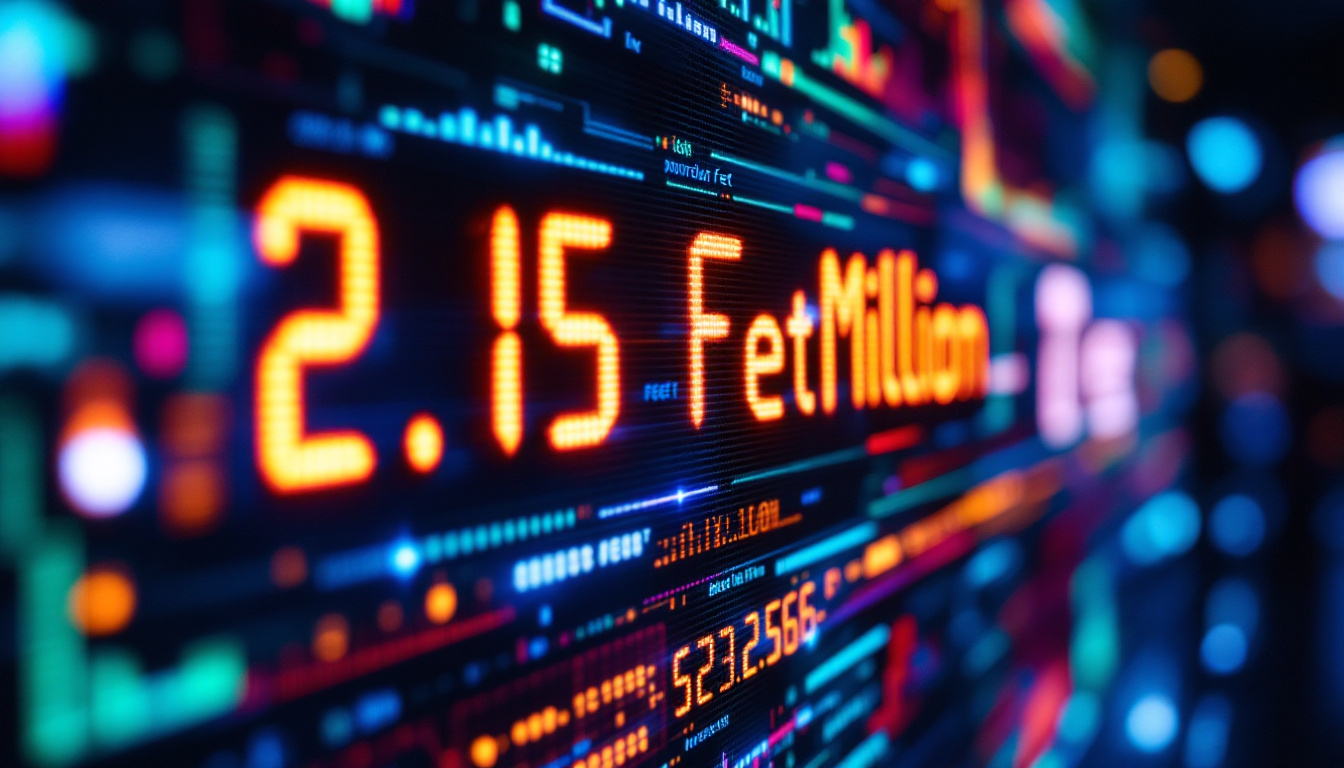In the realm of digital displays, understanding the relationship between millimeters (mm) and pixels is crucial, especially when dealing with LED displays. This conversion is essential for designers, engineers, and anyone involved in creating or utilizing visual content. This article delves into the intricacies of converting mm to pixels, the significance of pixel density, and how these concepts apply to LED displays.
Understanding the Basics: What Are Millimeters and Pixels?
Millimeters are a unit of measurement in the metric system, commonly used to measure physical dimensions. In contrast, pixels are the smallest unit of a digital image or display, representing a single point in the graphic. The conversion between these two units is not straightforward, as it relies on the resolution of the display.
The Role of Resolution
Resolution refers to the number of pixels displayed per unit of area. It is typically expressed in pixels per inch (PPI) or pixels per millimeter (PPM). Higher resolutions mean more pixels are packed into a given area, resulting in sharper images. Understanding the resolution of a display is fundamental when converting mm to pixels. For example, a display with a resolution of 300 PPI will yield a different pixel count for a 10mm object than a display with a resolution of 72 PPI. This variance highlights the importance of knowing the specific resolution of the medium you are working with, whether it be for print or digital formats.
Why Convert Mm to Pixels?
Converting millimeters to pixels is essential for various applications, including graphic design, web development, and digital marketing. For instance, when designing graphics for an LED display, knowing the exact pixel dimensions ensures that the content appears as intended without distortion or loss of quality. Additionally, in web design, understanding how to convert mm to pixels can help ensure that images and layouts are responsive across different devices, maintaining visual integrity regardless of screen size. This conversion also plays a crucial role in ensuring accessibility, as it allows designers to create content that is easily viewable on screens of varying resolutions, thus catering to a broader audience.
Moreover, the need for accurate conversions extends beyond just aesthetics. In fields like engineering and architecture, precise measurements are vital. When creating digital models or blueprints, engineers often need to convert physical measurements into pixel dimensions to ensure that their designs are accurately represented in software programs. This meticulous attention to detail can prevent costly mistakes and ensure that projects are completed on time and within budget. As technology continues to evolve, the intersection of physical measurements and digital representations will only become more critical, making the understanding of mm to pixel conversions an invaluable skill across many industries.
How to Convert Mm to Pixels
To convert mm to pixels, one must know the display’s resolution. The formula for the conversion is relatively straightforward:
Pixels = Millimeters × (Resolution in PPI / 25.4)
In this formula, 25.4 is the number of millimeters in an inch. Therefore, the resolution in PPI needs to be adjusted to a per-millimeter basis for accurate conversion. Understanding this relationship is crucial for graphic designers, web developers, and anyone involved in digital media, as it ensures that images and elements appear at the intended sizes across various devices.
Step-by-Step Conversion Process
1. **Determine the Resolution:** First, identify the resolution of the LED display in PPI. This information is usually available in the display’s specifications. If the display is not specified, you can often find it in the user manual or by searching online for the model number.
2. **Measure the Size in Millimeters:** Next, measure the size of the element you wish to convert in millimeters. This can be done using a ruler or a caliper for more precision, especially if you are working with small dimensions that require accuracy.
3. **Apply the Formula:** Finally, plug the values into the formula to get the pixel dimensions. It’s important to double-check your measurements and calculations to avoid any discrepancies in the final output.
Example of Conversion
For instance, if an LED display has a resolution of 100 PPI and you want to convert 50 mm to pixels:
Pixels = 50 mm × (100 PPI / 25.4) ≈ 197.0 pixels
This means that 50 mm on the display corresponds to approximately 197 pixels. This conversion is particularly useful when designing graphics or layouts that need to maintain visual fidelity across different screen sizes and resolutions. By ensuring that your elements are sized correctly in pixels, you can avoid issues such as blurriness or pixelation, which can detract from the overall user experience.
Additionally, it’s worth noting that different devices may have varying PPI settings, which can affect how your design is rendered. For example, a smartphone may have a much higher pixel density compared to a standard monitor, meaning that the same measurement in mm could yield a different pixel count. Therefore, always consider the target device when performing these conversions, as it can significantly impact the visual outcome of your design.
Pixel Density and Its Importance in LED Displays
Pixel density plays a significant role in the quality of LED displays. It is defined as the number of pixels per unit area and is typically measured in pixels per inch (PPI). Higher pixel density results in better image clarity and detail, which is particularly important for applications requiring high-resolution images.
Factors Influencing Pixel Density
Several factors influence pixel density, including:
- Display Size: Larger displays may have lower pixel density if the number of pixels does not increase proportionately.
- Resolution: The total number of pixels in a display directly affects pixel density. Higher resolutions lead to higher pixel density.
- Viewing Distance: The distance from which the display is viewed can also impact perceived image quality. Higher pixel densities are more critical for closer viewing distances.
Impact of Pixel Density on Viewing Experience
When it comes to LED displays, pixel density significantly impacts the overall viewing experience. A display with low pixel density may appear pixelated or blurry, especially when viewed up close. Conversely, high pixel density ensures that images are crisp and clear, enhancing the visual appeal of content.
Applications of LED Displays and the Importance of Accurate Conversion
LED displays are widely used in various applications, from advertising billboards to television screens and computer monitors. Accurate conversion from mm to pixels is essential in these contexts to ensure that content is displayed correctly and effectively.
Advertising and Marketing
In the advertising industry, LED displays are often used for billboards and signage. Advertisers must ensure that their graphics are designed to fit the pixel dimensions of the display accurately. Any discrepancies can result in distorted images or text that is difficult to read, ultimately affecting the effectiveness of the advertisement.
Digital Signage
Digital signage is another area where accurate mm to pixel conversion is vital. Businesses use LED displays to convey information, promotions, and other content. Ensuring that the content is displayed correctly enhances the viewer’s experience and ensures that the message is communicated effectively.
Challenges in Conversion and How to Overcome Them
While converting mm to pixels may seem straightforward, several challenges can arise. These challenges can impact the accuracy of the conversion and, consequently, the quality of the display.
Variability in Display Resolutions
One of the primary challenges is the variability in display resolutions. Different LED displays can have vastly different resolutions, making it essential to verify the resolution before performing conversions. Always refer to the manufacturer’s specifications to ensure accuracy.
Understanding Aspect Ratios
Another challenge is the aspect ratio of the display. The aspect ratio defines the proportional relationship between the width and height of the display. When converting mm to pixels, it is crucial to consider the aspect ratio to maintain the intended dimensions of the content. Failure to do so can result in stretched or compressed images.
Future Trends in LED Display Technology
The LED display industry is continually evolving, with advancements in technology leading to improved performance and capabilities. Understanding how these trends may affect mm to pixel conversions is essential for professionals in the field.
Higher Resolutions and Pixel Densities
As technology advances, LED displays are increasingly being manufactured with higher resolutions and pixel densities. This trend allows for more detailed and vibrant images, but it also means that conversions must be more precise. As displays become more sophisticated, the need for accurate mm to pixel conversions will only grow.
Integration of Smart Technology
Smart LED displays are becoming more prevalent, integrating features such as touch sensitivity and interactivity. These advancements may necessitate new approaches to content design and conversion processes, as the interactivity may change how content is displayed and perceived.
Conclusion
Converting mm to pixels is a fundamental skill for anyone working with LED displays. Understanding the relationship between these two units, the significance of pixel density, and the challenges involved in accurate conversion is essential for achieving high-quality visual content. As technology continues to advance, staying informed about trends in LED displays will further enhance the ability to create compelling and effective visual experiences.
In summary, whether for advertising, digital signage, or any other application, mastering the conversion from mm to pixels is crucial for ensuring that content is displayed accurately and effectively. By understanding the nuances of pixel density and resolution, professionals can create stunning visuals that captivate and engage audiences.
Discover LumenMatrix’s Advanced LED Display Solutions
Ready to elevate your visual content with precision and innovation? Look no further than LumenMatrix, a pioneer in LED display technology. Our comprehensive range of LED display modules, from Indoor and Outdoor LED Walls to specialized solutions like Vehicle Displays and Custom LED Displays, is designed to bring your brand to life. Embrace the future of visual communication with our All-in-One and Transparent LED Displays, crafted to captivate your audience and amplify your message. Check out LumenMatrix LED Display Solutions today and transform your digital signage into an unforgettable experience.

